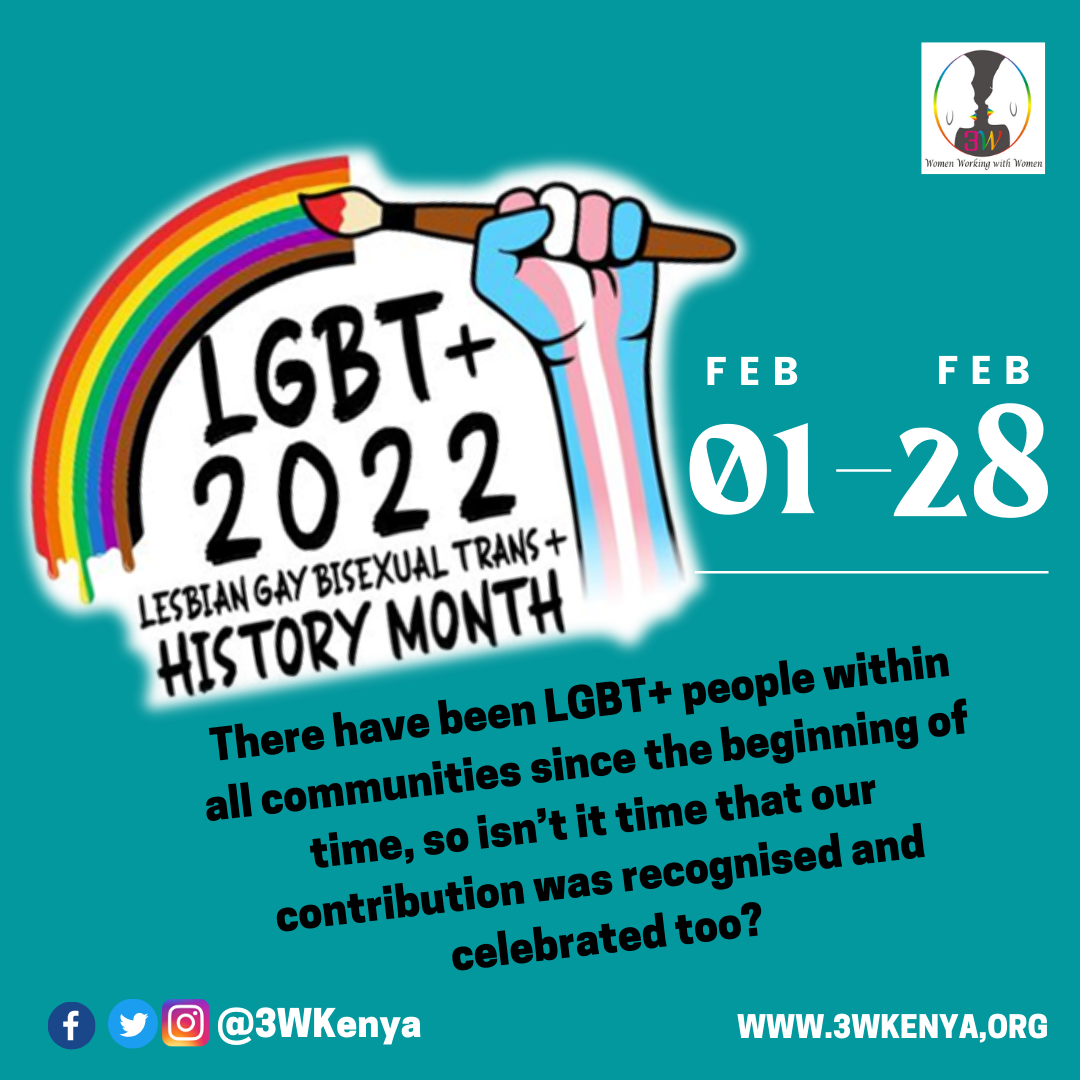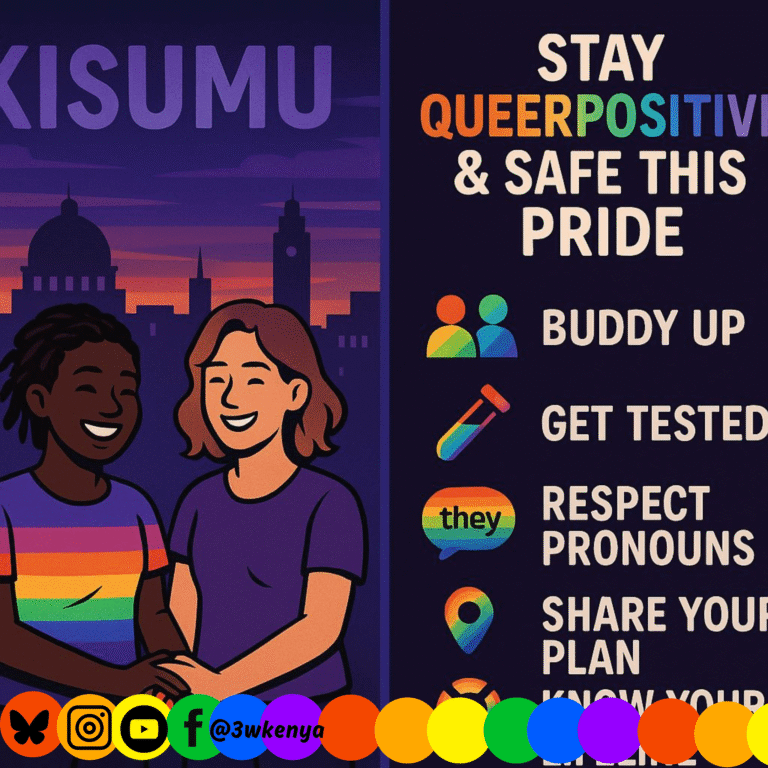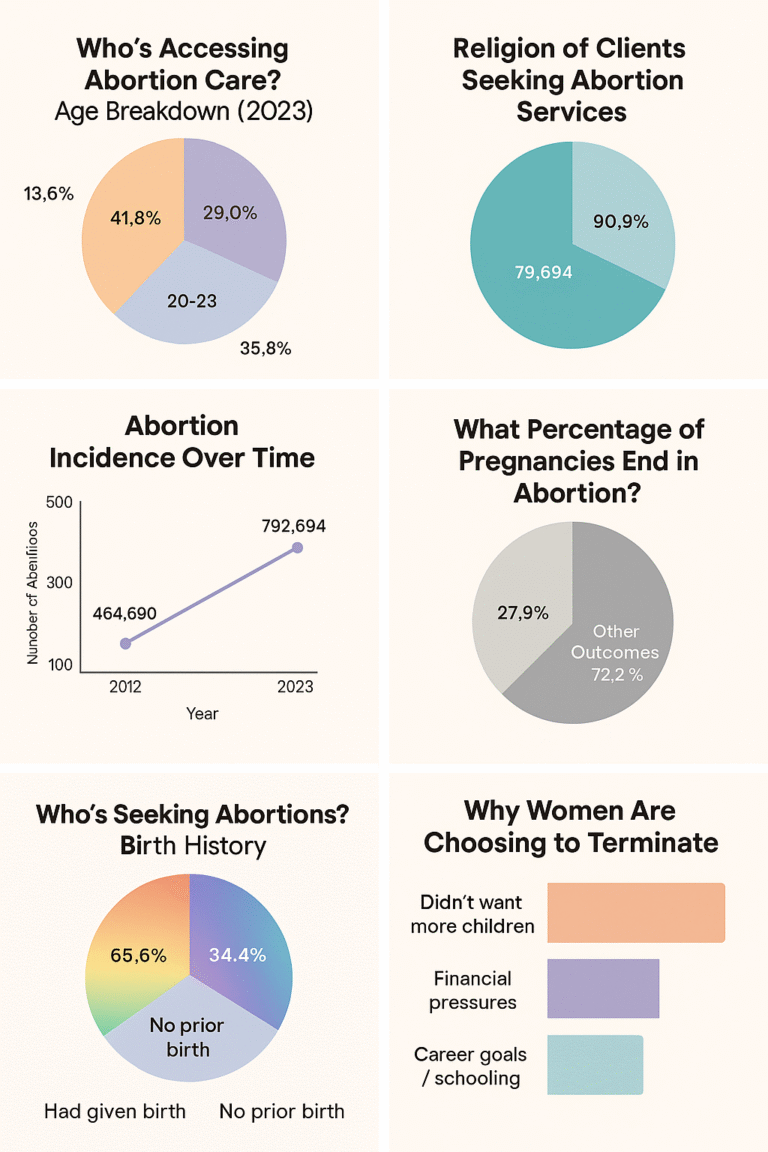LGBT+ History Month
What is LGBT History Month?
LGBT+ History Month is a month-long, annual, celebration and remembrance of lesbian, gay, bisexual and transgender history. It looks at the history of gay rights, which is also related to the civil rights movements. The main and overall aims of the month are to promote two things: equality and diversity. Our community is one section of society which has often been ignored or overlooked and much of our contributions to society has been overshadowed for years. Some of us have been disregarded, ostracized and even criminalized just for being ourselves, and it has taken a lot of sacrifice, activism and time for a lot of LGBT people to be accepted for who we are. Though in Kenya the struggle still continues.
What are the aims?
The overall aim of LGBT History month is to “promote equality and diversity for the benefit of the public”, because if we can accept others for who they are, then we are more likely to be accepted for who we are. For all establishments, including schools, talking about LGBT matter is NOT about trying to influence anyone’s sexuality, in the same way that teaching the history of the holocaust is not about promoting the views of the Third Reich.
However, it IS about:
- Normalizing language used when talking about LGBT matters
- Not being afraid to mention that people in current life and history, for example, Oscar Wilde, were gay, and this influenced much of their work
- Challenging homophobia or bullying of LGBT people, and
- Promoting tolerance and acceptance of all people as human beings, regardless of their sexuality.
LGBT History Month is a time to:
- Increase the visibility of lesbian, gay, bisexual and transgender people – not only acknowledging them, but celebrating their history, their lives and their experiences – as ‘agents of change, not just as victims of discrimination’. Introducing some of them or their work to the children in your setting can promote tolerance and understanding from an early age
- Raise awareness and increase understanding on matters affecting the LGBT community; focusing on tolerance or acceptance
- Ensure all educational places and organizations are safe spaces for LGBT people so they can live without fear of intimidation or bullying; you could run a general anti-bullying message for a week and include LGBT issues
- Promote welfare for LGBT people so they can reach their full potential and contribute to society by living fulfilled and effective lives; if you employ any LGBT people, make sure they have access to career advancement in line with their experience and aptitude.



